I have an image that you click 2 points on and it creates a line in between each point. In the end what this department is asking for is the ability to calculate the length of those lines and where those lines occurred. They are currently doing this by hand w/ paper/pen/ruler. This is one of the images I'm working with.

Those cracks in the middle are considered "area 7".
So I needed a way to, aside from saving my x & y location to measure the lines later, also add the location they occurred to my list. Below is the only way I knew to do this but its proving to be more of a mess. Because the picture isn't an exact square or rectangle there are a lot of overlapping areas and a lot of areas where there will be voids, that the zones don't get covered very well.
Is there a better way to do this? (currently I'm just using a messagebox to show where I've clicked, I haven't went as far as doing anything with the data yet until I get this right.)
if (e.Button.Equals(MouseButtons.Left))
{
Rectangle zone1 = new Rectangle(35, 30, 770, 30);
if (zone1.Contains(e.Location))
{
MessageBox.Show("Zone1");
}
Rectangle zone2 = new Rectangle(890, 40, 330, 300);
if (zone2.Contains(e.Location))
{
MessageBox.Show("Zone2");
}
Rectangle zone3 = new Rectangle(340, 340, 850, 60);
if (zone3.Contains(e.Location))
{
MessageBox.Show("Zone3");
}
Rectangle zone4 = new Rectangle(100, 25, 75, 300);
if (zone4.Contains(e.Location))
{
MessageBox.Show("Zone4");
}
//4-1 trying to cover areas missed in zone4
Rectangle zone41 = new Rectangle(255, 270, 120, 240);
if (zone41.Contains(e.Location))
{
MessageBox.Show("Zone4-1");
}
Rectangle zone5 = new Rectangle(310, 100, 180, 150);
if (zone5.Contains(e.Location))
{
MessageBox.Show("Zone5");
}
//5-1 trying to cover areas missed in zone5
Rectangle zone51 = new Rectangle(220, 80, 60, 45);
if (zone51.Contains(e.Location))
{
MessageBox.Show("Zone5-1");
}
Rectangle zone6 = new Rectangle(635, 35, 250, 210);
if (zone6.Contains(e.Location))
{
MessageBox.Show("Zone6");
}
}

